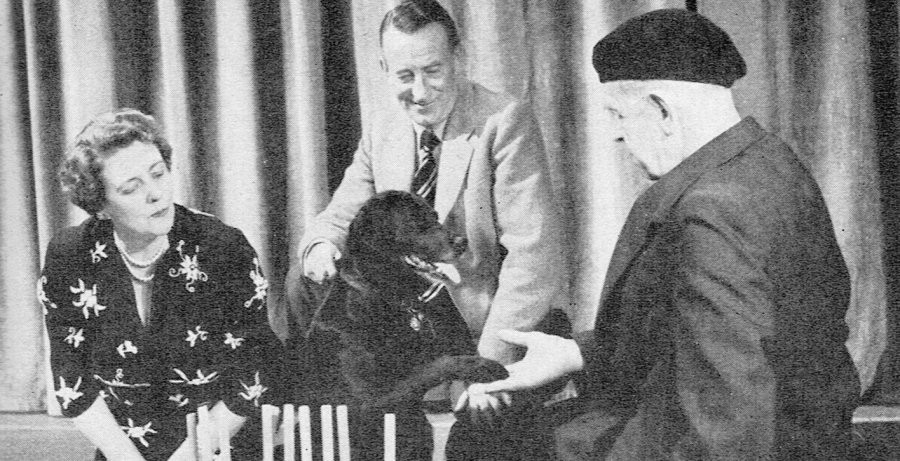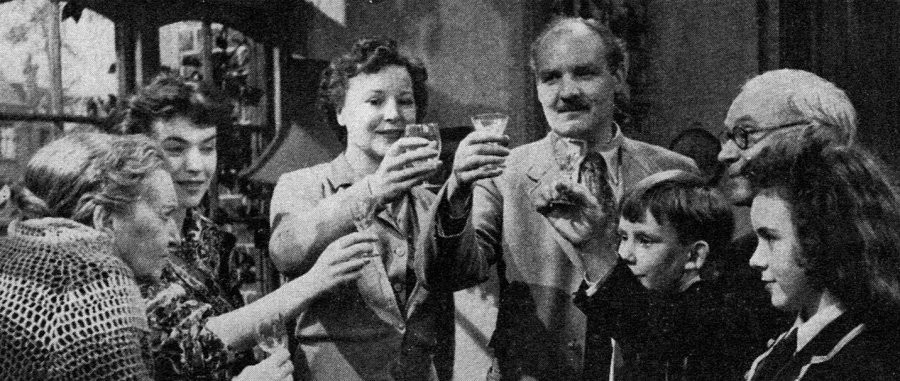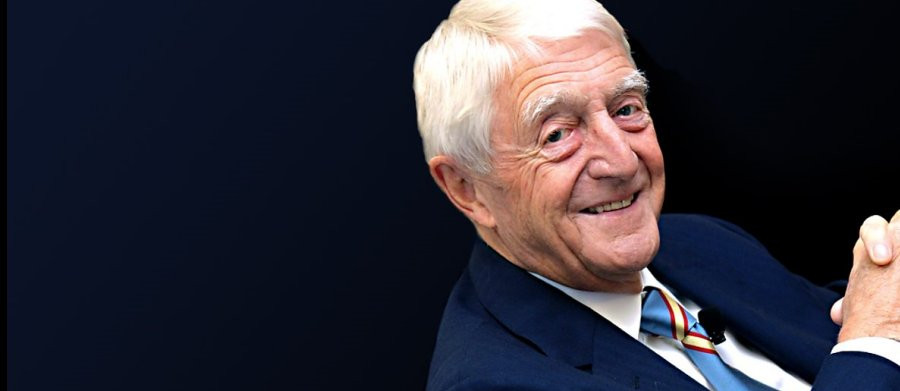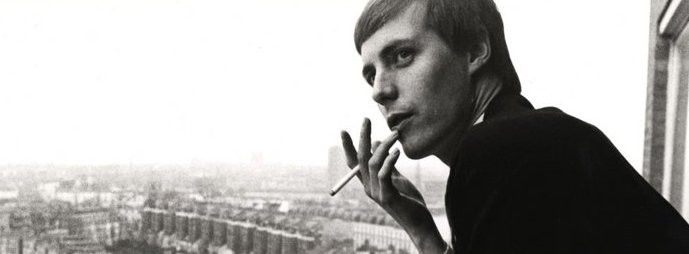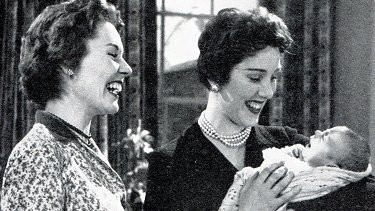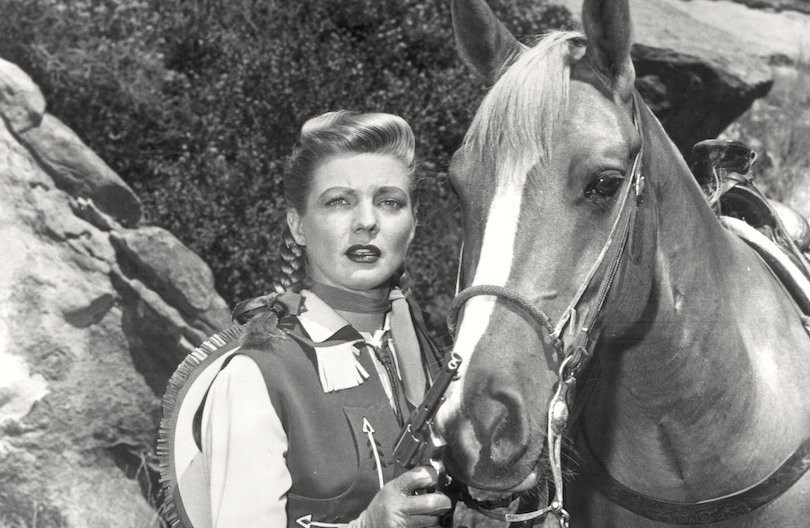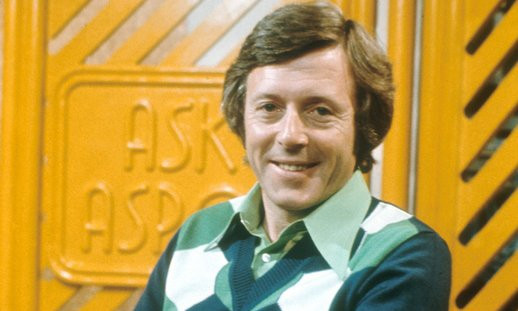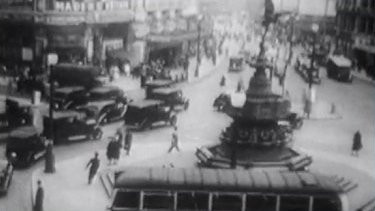
In Town Tonight
1954 - United KingdomAn early example of chat show radio, In Town Tonight was broadcast on that medium on Saturday evenings from 1933 to 1960. Due to the popularity of the series, on 6 April 1954, the show began a simultaneous broadcast on radio and television, helping 38 year-old producer Peter Duncan achieve an ambition of making the famous Sound programme a visual delight without robbing it of any interest for the radio listeners.
Peter Duncan had joined the programme as an 'effects boy' in 1934 and had worked his way up to become its producer by 1947. By the time the series came to television he had produced 300 broadcasts involving around 3,000 people. Interviewed a few days before the first TV show was broadcast, Duncan said "It is what people say that will make it best for both mediums. If a man has an interesting story to tell, he will usually be a good subject for TV." *
Before the programme went out as a live television broadcast there were two filmed trial runs. The first was of the programme as it was broadcast live from Broadcasting House. The second showed it on a set built at the BBC's Lime Grove studios, with microphones out of camera range. Duncan and his technicians studied both films and settled on the second format for its television debut. Duncan's main concern was that presenters and guests should not 'play to the camera' - "If they did that," he said "it would be at the expense of the radio listener, which would never do."

Preparations for the TV transmission had started six months before broadcast with subtle changes to the radio show. The show had dropped 'scripted' interviews completely to get a more authentic 'live' feel. Since 1951 twenty-five per cent of script reading had been dispensed with. Duncan had persuaded the American entertainer and movie star Danny Kaye to appear on the programme, but Kaye, who was more of a visual performer, was reluctant at first. "So unknown to (presenter) John Ellison, we worked out a dummy script which Danny memorised." Duncan recalled. "When it was his turn he calmly walked over to John, took away the script he was holding and tore it up! John was shaken for a moment, but Danny was great."
Danny Kaye went back to the States and talked about the programme with the result that other American stars knew about In Town Tonight, and were more approachable to make appearances whenever they were in London. Duncan then travelled to the US, at his own expense, to see for himself how American TV and radio worked. In Town Tonight used two writers at the this time, Bertie Chapman and Kenneth Myer who would talk to the guests about a week before the broadcast to extract the best stories from them and boil them down to three-minute conversations. Except for late arrivals-included to give the show a topical feel-most interviews were run through at a full rehearsal. "Timing is a big worry," said Duncan "for we have eight interviews in half-an-hour, and if each one ran only 15 seconds over it would mean as much as two minutes on the end of the programme."
In Town Tonight, the TV broadcast, was opened with its familiar theme tune the Knightsbridge March, composed by Eric Coates, over a filmed clip of Piccadilly Circus and was introduced by John Ellison. Guests included ordinary people with interesting stories to tell as well as celebrities who wanted to plug a new movie or theatre production. "I try to make In Town Tonight a newspaper of the air" said Duncan. "Every day I glance through the papers to see who is coming to London, who is already here and has an interesting story, or perhaps is leaving London to explore some far-off land." The simultaneous broadcast continued for 2 years, but by the end of that period it was beginning to show its age. Up against the more lively entertainment programmes and series being broadcast by ITV, who had started broadcasting in September 1955, viewers were no longer switching the show on in great numbers and so the BBC decided to cancel the TV transmissions. The radio series continued for another 4 years.
*(Peter Duncan was interviewed by Keith Graham for TV Mirror published Wednesday 3 April 1954).
Seen this show? How do you rate it?
Seen this show? How do you rate it?
Published on December 22nd, 2018. Written by Laurence Marcus (September 2016) for Television Heaven.


